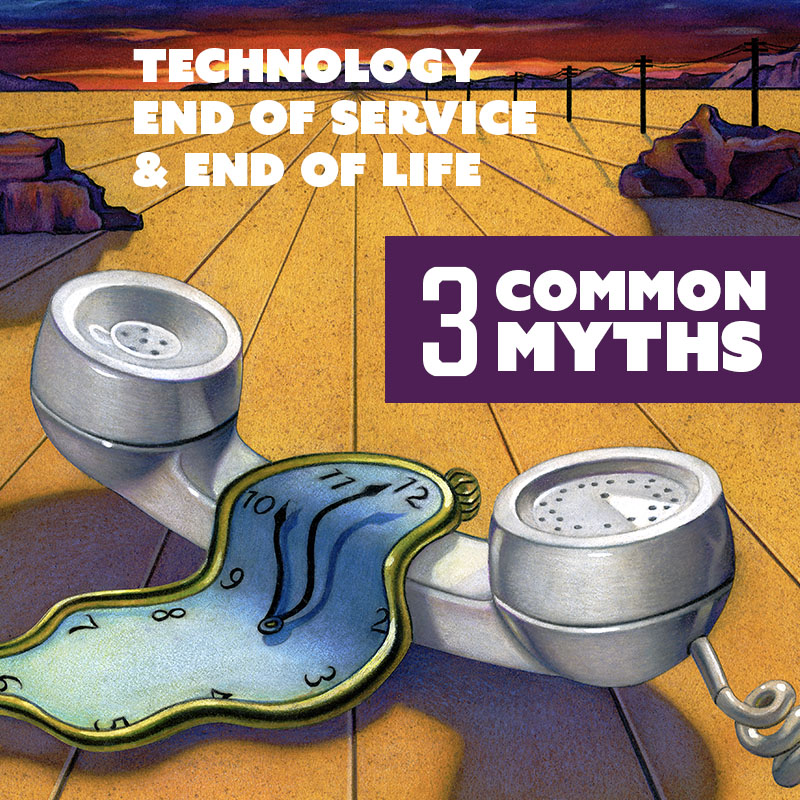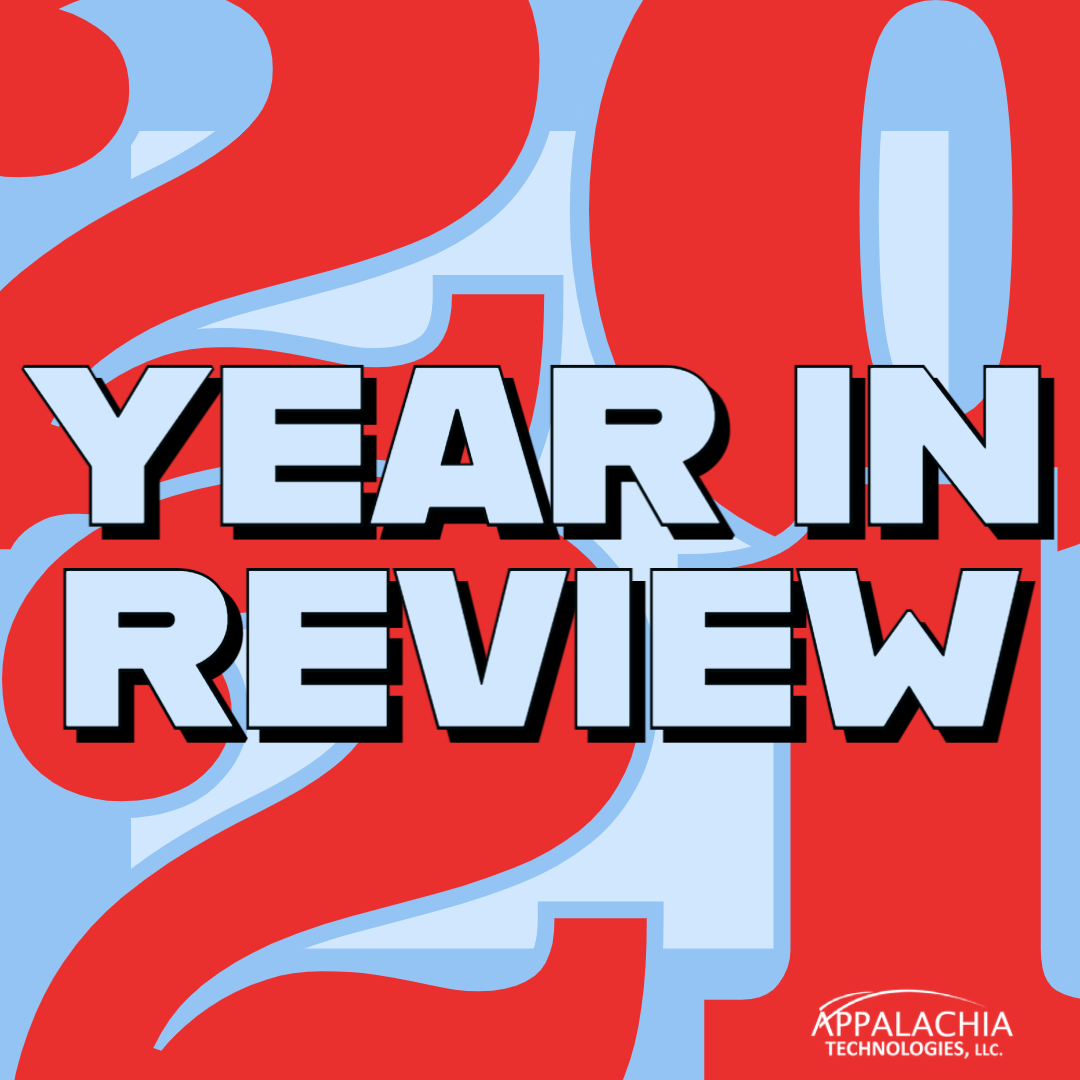 When a software or hardware product reaches its End of Life (EoL) or End of Service (EoS), it's no longer supported by the manufacturer. This can be a cause of concern for organizations like yours because unsupported technologies have no routine internal security measures or support from the manufacturer.
When a software or hardware product reaches its End of Life (EoL) or End of Service (EoS), it's no longer supported by the manufacturer. This can be a cause of concern for organizations like yours because unsupported technologies have no routine internal security measures or support from the manufacturer.
The good news is that there are steps you can take to mitigate the risks that come with EoL software/hardware and protect your business. Read on further to learn about them.

 s crucial to keep all software and hardware up to date to maintain optimal security. If you don’t, cybercriminals can easily infiltrate your network and the chances for downtime increase significantly. However, many businesses don't realize that expired software/hardware can actually be one of the most prominent security risks hindering their success.
s crucial to keep all software and hardware up to date to maintain optimal security. If you don’t, cybercriminals can easily infiltrate your network and the chances for downtime increase significantly. However, many businesses don't realize that expired software/hardware can actually be one of the most prominent security risks hindering their success. 3…2…1... We have lift-off! Zero Trust World 2023 has officially launched and is coming to you from the Omni Champions Gate Resort in Orlando, Florida. Seated in a dark ballroom with a blue ambient light cascading throughout the room like the aurora borealis, I took in the events of the morning with splendor. The National Ballroom is the main stage where the morning’s activities took place. I don’t want to just bring you the information, but I want you to feel like you are here sitting beside me at the round table. No stone was left unturned at the event. As I sat at my table before the speakers even began, I was mesmerized by the exuberance and excitement pulsating through the room. If I were to close my eyes and just absorb the auditory environment, I would have assumed that I was at a trendy nightclub with upbeat music pulsating through the air.
3…2…1... We have lift-off! Zero Trust World 2023 has officially launched and is coming to you from the Omni Champions Gate Resort in Orlando, Florida. Seated in a dark ballroom with a blue ambient light cascading throughout the room like the aurora borealis, I took in the events of the morning with splendor. The National Ballroom is the main stage where the morning’s activities took place. I don’t want to just bring you the information, but I want you to feel like you are here sitting beside me at the round table. No stone was left unturned at the event. As I sat at my table before the speakers even began, I was mesmerized by the exuberance and excitement pulsating through the room. If I were to close my eyes and just absorb the auditory environment, I would have assumed that I was at a trendy nightclub with upbeat music pulsating through the air.
